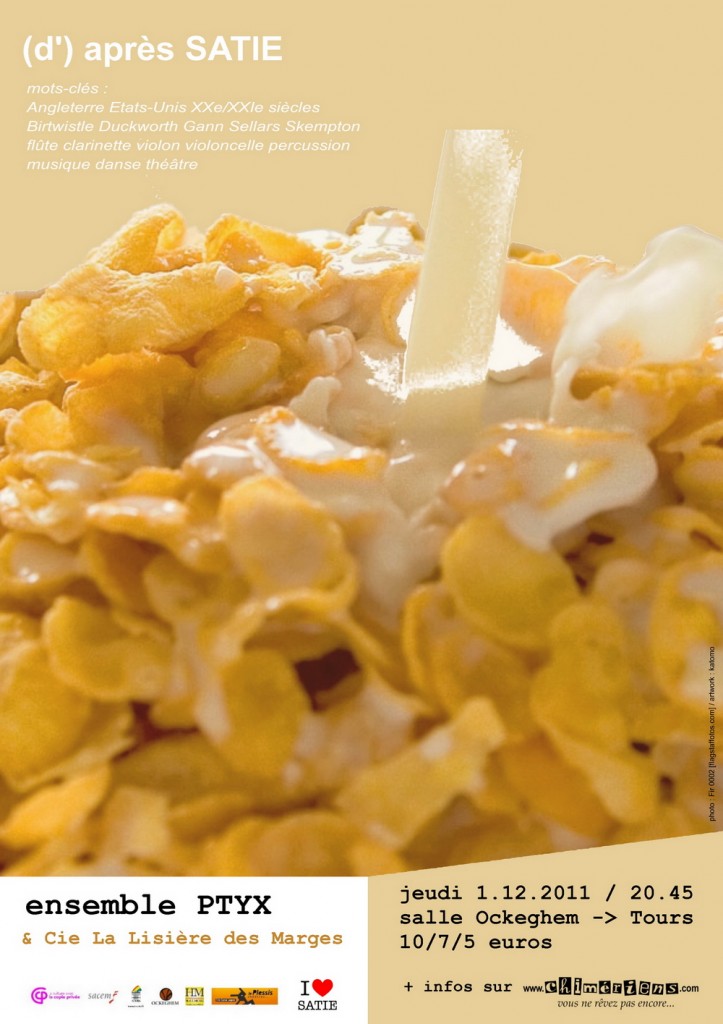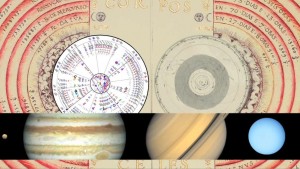A repeated criticism that I get for my writing is that I am inconsistent in the level of expertise I assume in the reader. For instance, many people who don’t know much about music assume that musicians always get paid for their work (hah!), and so their first response to 4’33” is that Cage got paid for not doing anything. In my book on 4’33”, it was well worth taking one paragraph at the beginning to dispose of that objection, rather than let it stew unresolved in the minds of the uninformed. On the other hand, I indulge a bit of technical analysis on the Cage String Quartet at the end of the book. And so a few academic critics took umbrage that I was writing for the general public at the beginning, and for experts at the end – I couldn’t decide who my audience was! My editor at the Village Voice taught me that if I wanted to present technical information, to save it for the last fourth of the article – anyone who’s read that far, he said, is not going to stop reading just because one paragraph goes over his head. I found that excellent advice, and it worked for the 4’33” book as well. The couple of pages of technical analysis are in the fifth of six chapters, and I never heard of anyone who stopped reading at that point. As a professional writer, I’m trying to reach as many people as possible. Academic writers, of course, gain more prestige the fewer people are capable of reading them, and so they criticize me, the professional writer, for not aiming my discourse at as narrow a sliver as possible.
And now, in my book on the Concord Sonata, I’m deliberately and intentionally doing it again. Some chapters will be wonkish and readable only by trained musicians, and some will be general interest – since I know how to make even general interest material interesting to the experts, and sometimes how to make wonkish material entertaining for the novices. And once again, in the “peer”-review process, and in reviews afterward, the academics will criticize the professional writer for casting too wide a net (as well as for my “breezy, casual, journalistic” style). I can feel it coming, and there’s no side-stepping it. Fuck ’em.





